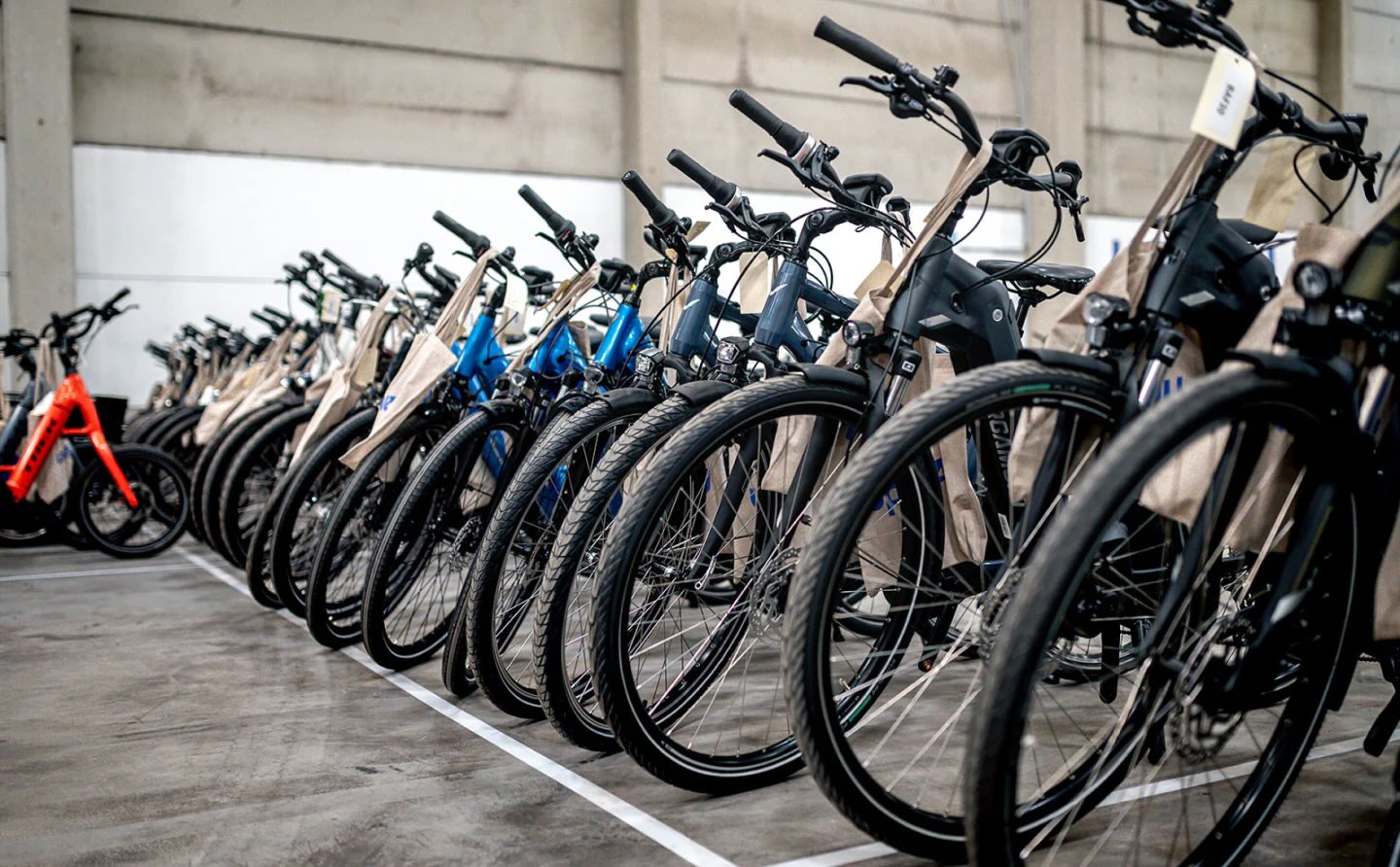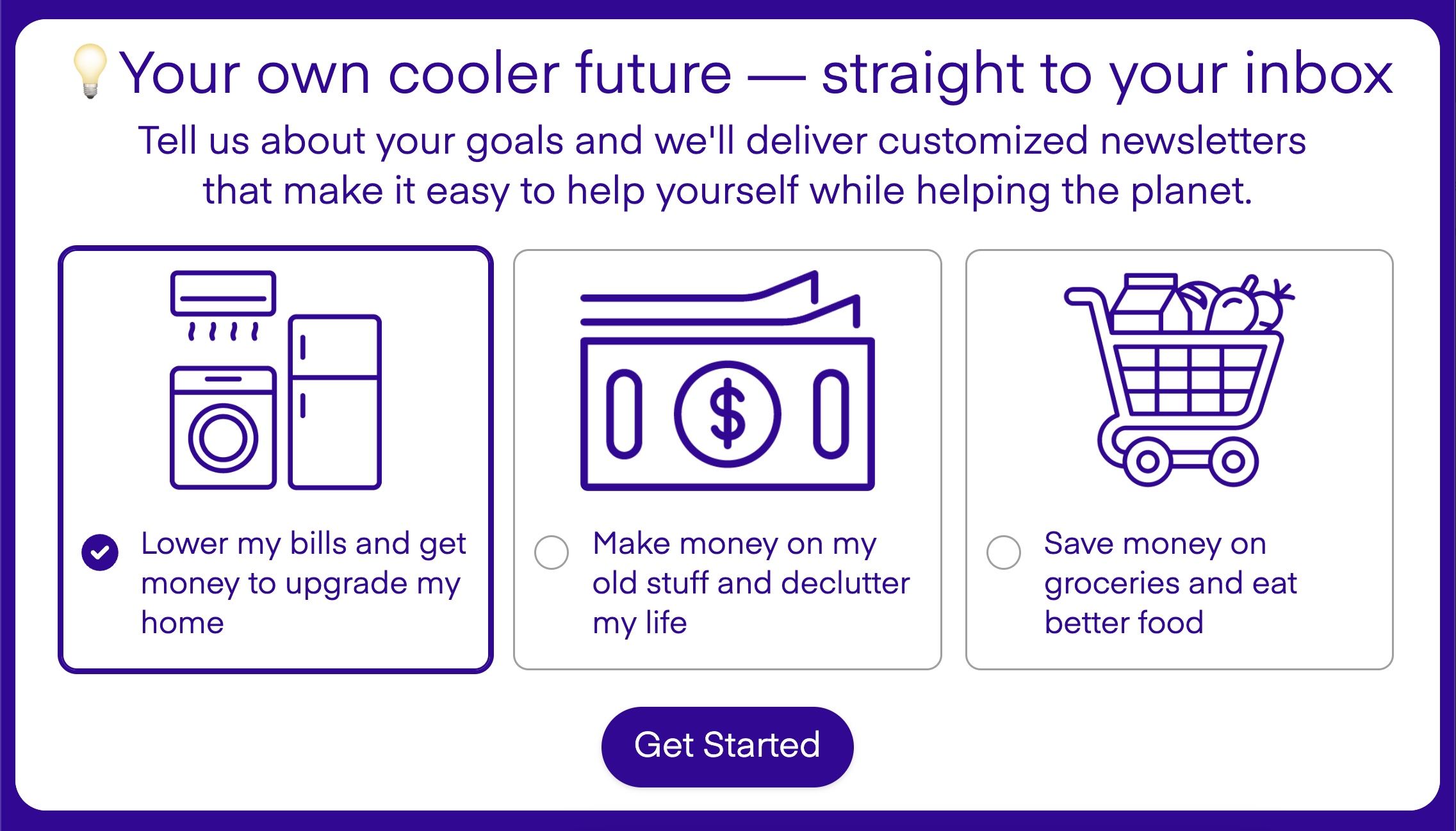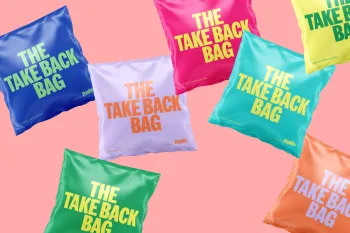Recent research has shown that there's a path toward farming seafood in the ocean sustainably, but we have to follow a strategic plan to achieve that positive result, as a report shared by Phys.org explained.
More than 50% of the seafood we eat today is farmed, with over 3 billion people across the globe relying on seafood as an essential source of nutrition, according to the World Wildlife Fund. As the world's population continues to grow, demand will only increase.
Mariculture, a branch of aquaculture that farms seafood in saltwater areas, accounted for approximately one-fifth of the world's food farmed in fisheries in 2020, as the report detailed.
However, impacts of concern include environmental degradation, harm to wildlife integrity and welfare, and captivity effects — collectively known as dewilding.
Deqiang Ma, a postdoctoral researcher at the University of Michigan, has crunched the numbers using a variety of farming and climate scenarios and sees a path forward that can increase output while mitigating potential environmental impacts.
"We can achieve this sustainable mariculture development," Ma said. "With strategic planning, we can achieve the goal of conserving marine species while meeting the global demand for the expansion of mariculture."
Watch now: Giant snails invading New York City?
The research team ran a forecast model through 2050, looking at different types of seafood being farmed, as well as two different climate scenarios known as RCP 4.5 and 8.5. Each of these assume different levels of global warming and emissions.
One is a best-case scenario, in which farm capacity is increased in areas with the least environmental impact and delivers inspiring results for both bivalve shellfish and "true" fish, or finfish, per the article.
"Bivalve production could increase by 2.36-fold and finfish could increase by 1.82-fold compared to current production—projections of what is needed to meet global demand—but the global mariculture impacts would decrease by up to 30.5% under the best-case scenario," Ma said.
Conversely, the worst-case scenario, with farms being built in areas with vast negative impacts on biodiversity, prove to be four times worse than if the locations were simply chosen at random.
TCD Picks » Upway Spotlight

|
Which of these groups has the biggest role to play in reducing food waste? Click your choice to see results and speak your mind. |
"It is critically important to leverage the growing insights across disciplines, whether it's climate change science or economics or marine production," added Neil Carter, associate professor of environment and sustainability at Michigan and senior study author, in the report.
Fish farms can also become sources of sustainable energy or carbon capture when paired with other green technologies. Switching to more plant-based alternatives can also help lessen the reliance on aquaculture while decreasing emissions.
"With these insights, we can see that it's not a foregone conclusion that the expansion of an industry is always going to have a proportionally negative impact on the environment," Carter explained.
"So the next part of this is getting policymakers and communities to interact with each other to figure out how we can actually implement some of these ideas to reduce those impacts and to prioritize marine biodiversity."
Join our free newsletter for easy tips to save more and waste less, and don't miss this cool list of easy ways to help yourself while helping the planet.

















